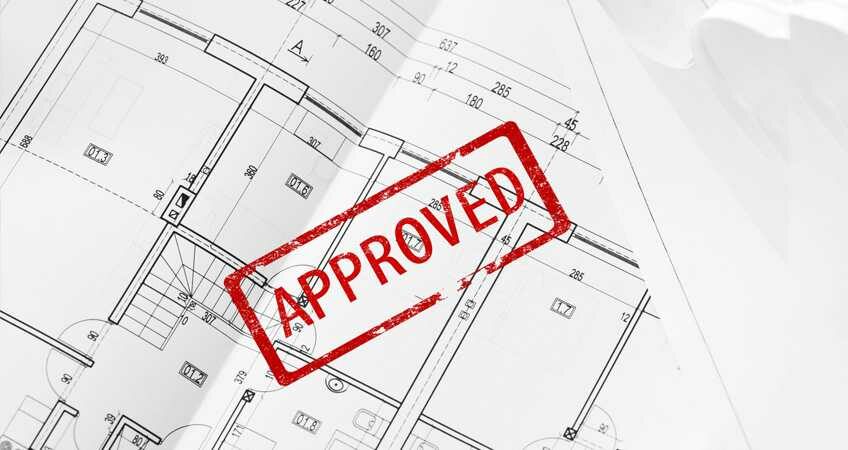
Contents
# Planning Permission
# Permitted Development Rights
Permitted Development rights, give you permission to perform certain types of work without planning permission. They granted from parliament, not local authorities. The Town and Country Planning Act on the 1st of July 1948 was the skeleton of the Permitted Development Right that we have today. This act allows for minor improvements, such as converting a loft or modest extension to your home, to be undertaken without clogging up the planning system. England, Scotland, Wales and Northern Ireland each enjoy their own versions of these rules.
Permitted Development takes into consideration the location of the property (areas of natural beauty and conservation areas have different rules), and the amount of work already done to the property. The permitted development right to apply many typical projects for houses and do not apply to flats, maisonettes or other buildings. Commercial properties have a different permitted development right to dwellings.
# Planning Permission Cost
Planning the Permissions fee varies depending on what works you are planning to do. A Full Application, for a new single dwelling built in England, is £385, yet, in Scotland, Wales and Northern Ireland would be a different fee. For alterations or extensions to a single dwelling, included within the boundary in England is £172, where again in Scotland, Wales and Northern Ireland the fee will be different.
# What Are The Basic Form Requirements Of A Planning Application?
Each site varies with different information required. But common an application includes five copies of application forms, the signed ownership certificate, a site plan, block plan, and elevations of both the existing and proposed sites. A Design and Access Statement and the correct fee. Design and Access statement can do your designer, who is working with you on your alterations to your dwelling. Statements use to explain the access and concept of your alterations to your dwelling by explaining and justifying your proposal.
# What Are The Planning Conditions?
# How Long Until The Decision?
Most planning applications usually decide within 8 weeks. If you are constructing something large and complex this could take up to 11-13 weeks. Usually, the authority will give you a rough timetable explaining when you would have your decision.
# How Long Do I Have To Begin Work?
# 5 Things To Summarise About Planning Applications
- You can make a planning application on any piece of land in the country.
- Your planning decision should take no longer than eight weeks from the point of application.
- The objections of neighbours and local people may well not have any impact on the final decision.
- You can withdraw an application at any time — so if you think you are going to get a refusal, you can withdraw it at any time up to the day itself, and resubmit free of charge.
- You can submit an infinite number of planning applications on any one site — and choose which one to use. As long as it is current, you don’t have to use the most recent.
www.planningportal.co.uk is also a good website to get familiar with the guidelines whatever your development. But to be more specific the best place is your local authority’s planning permissions section.
Interactive information on the planning portal, you can select your building and go into detail on each section of your building of what building regulations you have to follow and what works you will need to apply for planning permissions, as well as suggestions to make your house greener(eco-friendly).
(Next Post: Loft Conversion Design Ideas)



